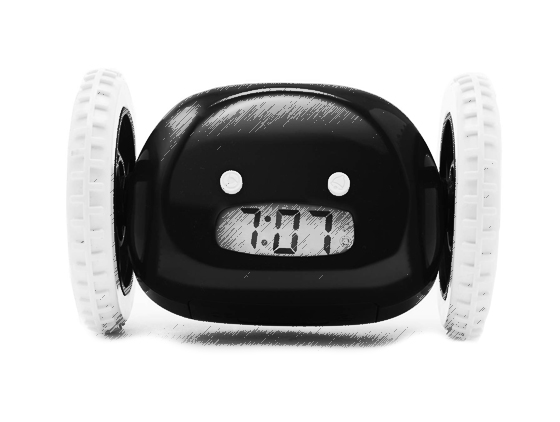This editorial article first appeared in Mint on 21st March, 2017
Making roads better should reduce the number of accidents. Yet that’s exactly the opposite of what’s happening in India. Despite measures being taken by the government on improving roads, there has been a continuous increase in road crash deaths since 2007, with a brief annual reduction in 2012. Between 2010 and 2015, incidence of road accidental deaths increased by an annual average rate of 1.2%. There were over 500,000 road accidents in 2015, up from 489,000 in 2014. More than 500,000 people were injured in road accidents in 2015, up from 493,000 in 2014. A total of 146,000 people died in road accidents in 2015, up from 139,000 in 2014. According to the National Crime Records Bureau, out of 146,000 deaths, only 0.8% of the cases were due to lack of road infrastructure.
Road safety is not just about creating infrastructure. It is about designing behavioural solutions that take human biases and irrational behaviour into consideration. When the roads are smooth, wide and empty, drivers are likely to speed. If the car being driven is big and tough, the driver feels much safer compared to driving say, a small hatchback. That makes drivers over-compensate and take undue risks. Regular speed limit signs are ineffective at getting drivers to slow down, because drivers don’t choose the speed based on speed limit signs. Rather, drivers simply go with the flow depending upon the width and smoothness of the road and traffic conditions.
To get drivers to reduce speeding, there have been several effective behavioural design nudges implemented around the world. At the curve of Chicago’s Lake Shore Drive and Oak Street, a series of horizontal white stripes have been painted on the road, that get progressively narrower as drivers approach the sharpest point of the curve, giving them the illusion of speeding up, and nudging them to tap their brakes.
According to an analysis conducted by the city’s traffic engineers, there were 36% fewer crashes in the six months after the lines were painted compared to the same six-month period the year before. Similar behavioural design nudges are now being applied in China and Israel to curb speeding.
In another trial in the UK conducted by Norfolk County Council, more than 200 trees were planted on the approach roads in north Norfolk which had a history of speeding problems. Results found that drivers reduced their speed by an average of 2 miles per hour. Again, as the car approached the village, the trees, planted closer and closer together, gave the impression that the vehicle was moving faster. This encouraged the motorists to slow down.
In another experiment in the US, the Virginia department of transportation painted zigzag white markings instead of the familiar straight dashed lines, to caution drivers approaching the road-crossing intersection used by pedestrians and bicyclists. They found that zigzag markings slowed average vehicle speeds and increased motorists’ awareness of pedestrians and cyclists. They also noted that the effects of the behavioural design didn’t wear off once motorists became used to it—they still slowed down a year after installation.
Building infrastructure like traffic signals doesn’t mean people will always follow them. But creating behavioural design nudges like displaying the seconds remaining for the traffic signal to turn green, is likely to reduce the number of people who break the signal. Such behavioural design takes into account that people are usually in a rush.
Rationally speaking, people shouldn’t be breaking signals because they wouldn’t be acting in their self-interest by putting themselves in harm’s way. But human behaviour is not rational. Drivers honk even when there is no way that honking could clear a traffic jam. Even when the signal is still red, there are drivers who honk. Therefore, rational ways of changing behaviour like educating people or creating awareness-based campaigns are ineffective. What’s effective at getting people to reduce honking is “bleep”—a red button on the dashboard of a car that beeps and flashes when the driver presses the horn. To switch off the red button, the driver has to press it. This behavioural design nudge breaks the habit of drivers’ honking because now each time drivers want to honk, “bleep” makes them deliberate whether they should honk or not. Bleep has been shown to reduce drivers honking by 61% in a six-month and 3,800km-long experiment in Mumbai.
Behavioural design needs to be applied at pedestrian crossings at traffic-signal junctions. At various traffic junctions, there are two signals in view—one signal placed just after the zebra crossing and the second signal on the other side of the junction once you’ve crossed it. That makes drivers keep inching forward, not stopping at the zebra crossing and thus not allowing pedestrians to cross. So to get cars to stop at the zebra crossing, only one traffic signal needs to be placed just before the zebra-crossing stripes begin, so that drivers have no option but to stop to get a view of the one and only traffic signal.
It’s time authorities stopped relying on ineffective money-draining campaigns, driver education and enforcement of laws. Instead, we should test simple, practical, scientific behavioural design nudges to improve road safety.





